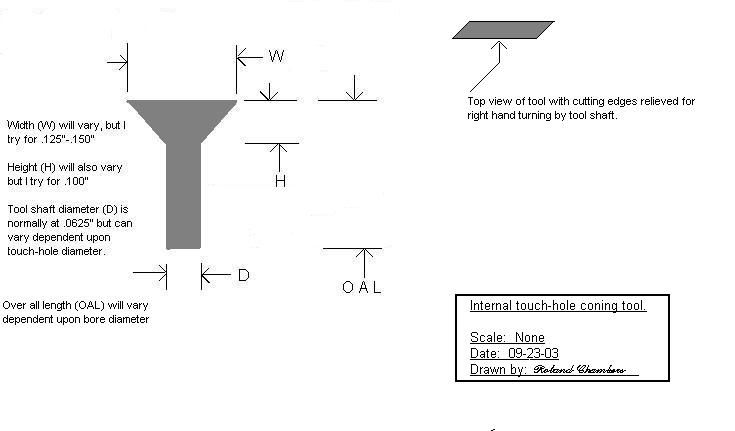You are NOT going to get it anywhere near hot enough with a propane torch. You will need an oxy-acetlylene setup.
Hold the part with tongs in such a way that you can quench edgewise into WARM WATER. Heat to bright orange and dunk the frizzen in the Kasenit. Keep heating and hold it at heat for about 10 or 15 minutes. (that's right) If you have a 1095 frizzen, this is not necessary, BUT it seems you don't have one of these, since it is not hard all the way through. You need to get it to "case" as deeply as possible. Keep the part covered heavily in Kasenit (you only have to really worry about the frizzen face, but do get kasenit all over the part some). You shouldn't even really be able to make out the full shape of the part you are heating. By the way, do this in dim light and either wear welding goggles (which are really inconvenient, since you have to stop from time to time and look at the part to make sure you are at proper heat) or do like I do and watch what you're doing by your reflection in a window. When ready, quench, and as was said, you definitely need to hear a good "pop". All the Kasenit should pop right off the part and it should be relatively clean and it will have either a gray color or nice case-colors. I have NEVER had a problem getting really nice colors with Kasenit. If it is covered in gray gunk, it was not hot enough when you quenched it...do it again.
Now, IF this were a 1095 or 6150 frizzen, I would say temper it by heating with a propane torch. Polish off all those nice colors and make it shiny and clean. Heat the "tail" to blue (the colors go "straw, brown, purple, blue, light blue/gray, crimson/red [which you may or may not see], then dark blue gray") all the way to the angle where the frizzen "upright" joins the pan cover portion. DO NOT HEAT THE FRIZZEN FACE TO BLUE. Make sure that the frizzen "upright" goes no further than a straw color. When I do them, I heat the front (like with a Volkswagen, "Front" means Front) of the frizzen upright very lightly until I get the straw color. I do this while it sits face down on the anvil which acts as a heat sink so I won't accidentally temper it too much. When I reach the desired color, I take it off immediately and set it on a piece of wood to air cool.
IF this frizzen is made of mild steel/iron, no tempering is necessary, and is, in fact, undesirable. Now, that's the trick...just what is it made of? Who made the lock?





